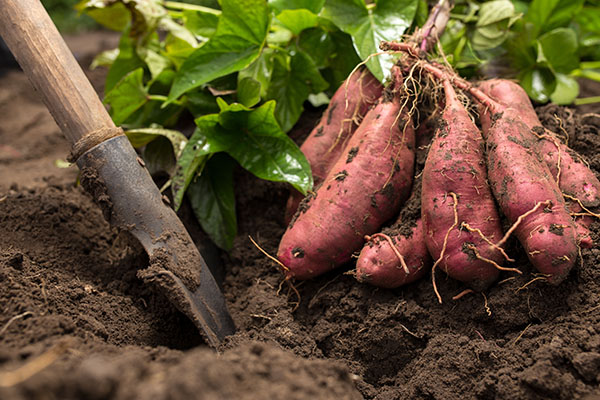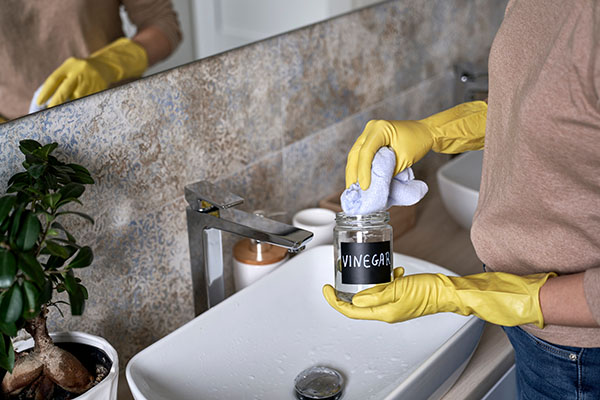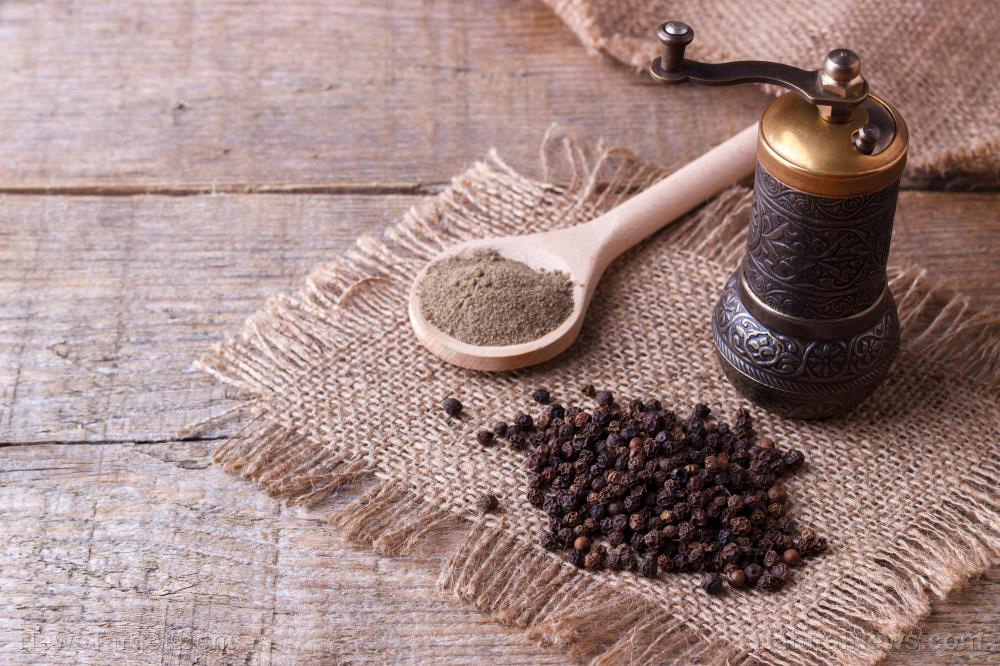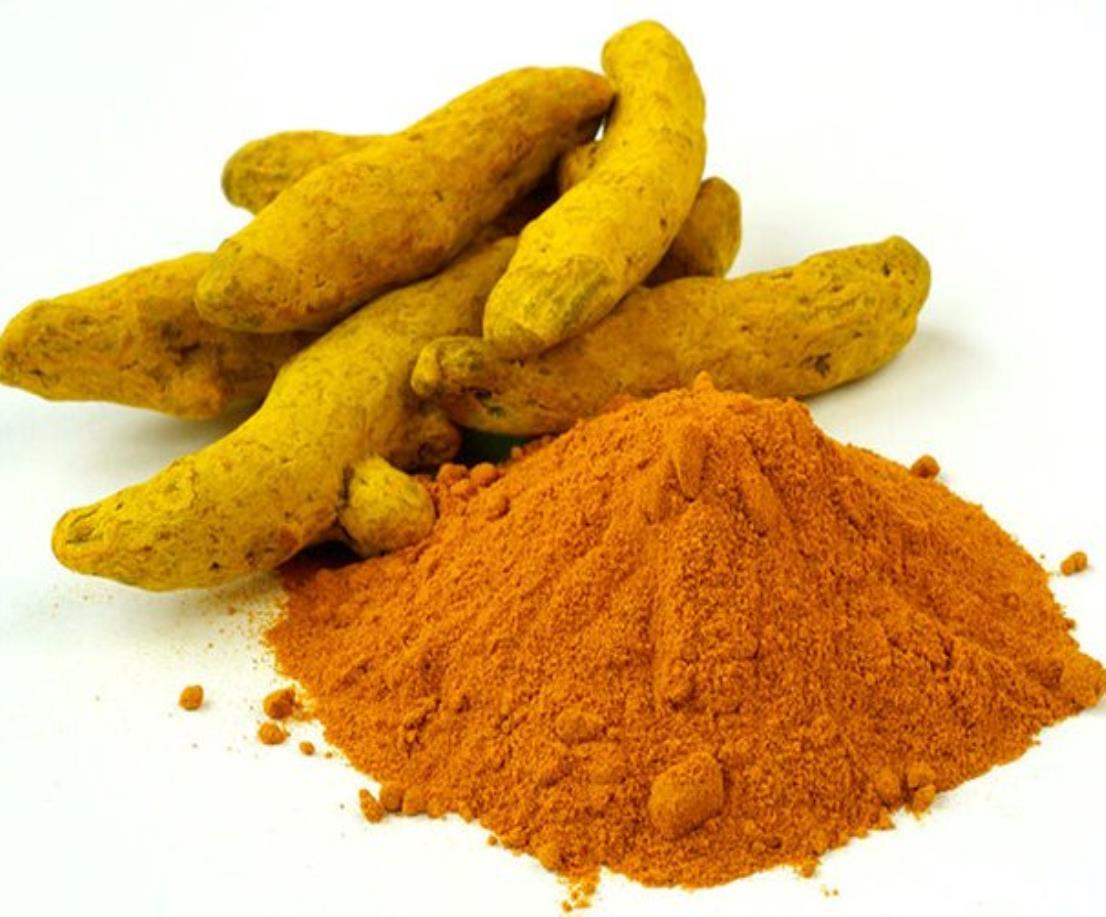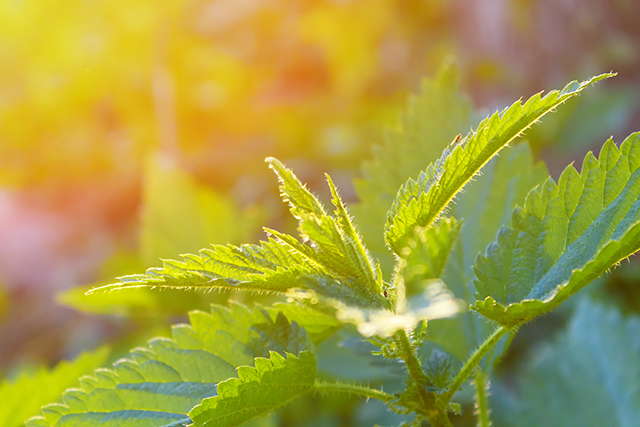
Wild plants such as the small nettle are very much underutilized in today's society, which is very unfortunate since they might have the solution to problems regarding health, nutrition, livelihood, and ecological sustainability. In the past, these plants were widely used to supplement the nutrients that staple foods are unable to provide, so they have great potential as a source of nutrients with pharmaceutical applications. Some of the most sought-after compounds in plants include antioxidants, which can neutralize harmful free radicals and thereby reduce the risk of cancers as well as cardiovascular and degenerative diseases.
Although the antioxidant potential of small nettle has not been observed before this study, it is already known to contain carotenoids like lutein and beta-carotene, which can act as antioxidants. Moreover, this small herbaceous plant is also rich in high-quality proteins, flavonoids, fatty acids, terpenes, vitamins C, B, and K, calcium, iron, magnesium, and phosphorous, which possibly contribute to the pharmacological properties of the plant. Even before these compounds were identified in the small nettle, practitioners of traditional medicine already used this herb as a natural remedy for allergies, insect bites, asthma, inflammatory diseases, blood impurities, and bacterial infections.
In this study, which was published in the journal Pharmaceutical Biology, the researchers collected extracts from small nettle leaves and observed them for in vivo antimicrobial and antioxidant activities. For the antimicrobial activity, they tested the extracts against various bacterial strains, including Staphylococcus aureus, Pseudomonas aeruginosa, Bacillus subtilis, Salmonella enteritidis, Escherichia coli, Staphylococcus epidermidis, Micrococcus luteus, and Enterococcus faecalis. Meanwhile, they used different free radical scavenging assays to determine the herb's antioxidant activity. From these experiments, the researchers observed that small nettle had potent antimicrobial activity, which was especially effective against Gram-positive bacteria (B. subtilis, S. aureus, M. luteus, and S. epidermidis) and some Gram-negative bacteria (S. enteritidis and P. aeruginosa). Moreover, it also exhibited potent antioxidant activity.
The team also determined the phytochemical profile of small nettle extracts to identify the compounds that are potentially responsible for its biological activities. They observed high concentrations of flavonoids, polyphenols, and tannins, which are known to have antioxidant properties.
Overall, this study shows that small nettle has potent antioxidant and antimicrobial activities, which can be attributed to the presence of flavonoids, polyphenols, and tannins. These results prove that wild plants have great potential as sources of compounds with pharmacological applications that are very important especially now that many health problems are becoming more and more prevalent. (Related: Health authorities warn next superbug pandemic will kill “millions” … and nations aren’t doing anything to stop it.)
Other applications for small nettle
Small nettle is a great homeopathic remedy to have in your home because it provides many health benefits, which include the following:
- Alleviating first degree burns and sunburns
- Promoting lactation
- Eliminating kidney stones
- Improving gout
- Relieving itchiness
For more articles about herbs with antimicrobial properties, visit Herbs.news.
Sources include:
Please contact us for more information.
















